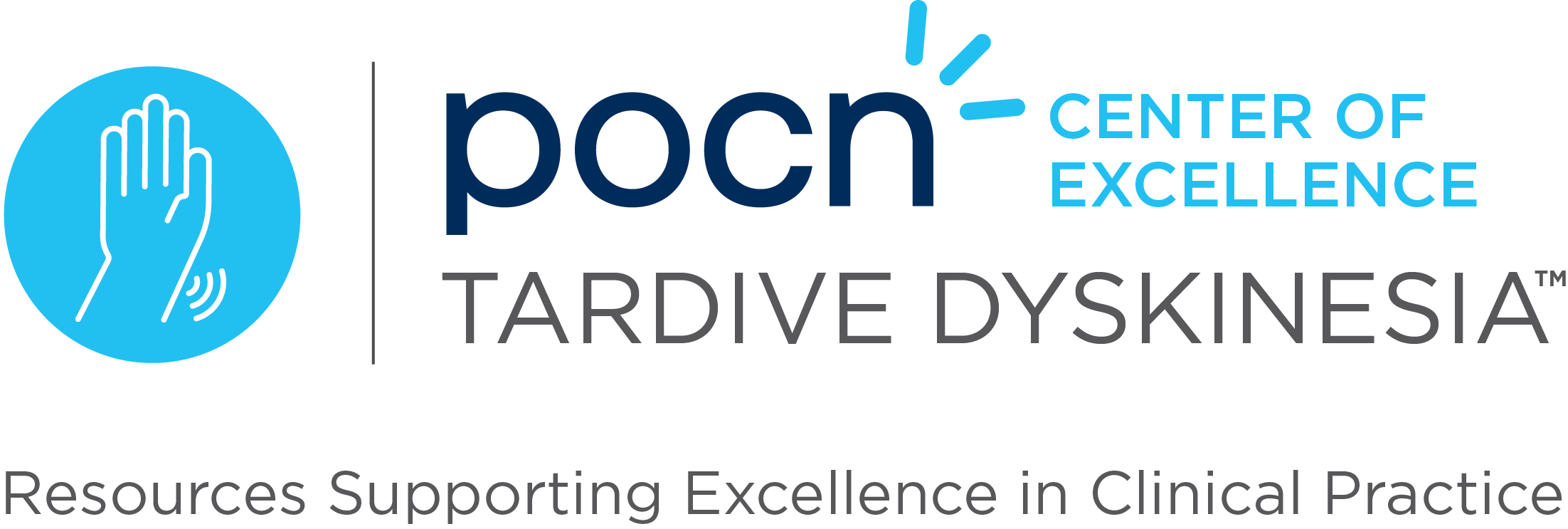Understanding the facts about tardive dyskinesia (TD) can help to gain a better understanding of the prevalence, risk, and impact on a patient’s quality of life to aid in improving treatment and overall outcomes. The prevalence rate of TD is 20% to 30%, with an annual cumulative incidence of approximately 4% to 5%. In people older than 45 years of age, the annual incidence of TD is 15% to 30% following 1 year of treatment, and the prevalence rate is approximately 50% to 60%. People of older age are more likely to experience persistent and irreversible TD. Anyone who is exposed to antipsychotic therapy is at risk for TD. While second-generation antipsychotics have less of a risk for patients to develop TD than first-generation antipsychotics, there is currently no available antipsychotic that is risk free.
In terms of health-related quality of life, a study found that approximately 30% of patients with possible tardive dyskinesia experienced moderate-to-extreme issues in performing daily activities including work, chores, and leisurely activities vs 20% of patients who did not. About 50% of patients in the study experienced moderate-to-extreme anxiety or depression vs 40% of patients who did not. It was shown that compared with those who did not have possible TD, those with possible TD had poorer perceived quality of life, with a great amount of severity or impact on activities in daily life.
Reference: Robert L. Tardive Dyskinesia Facts and Figures. Published May 30, 2019. Accessed July 28, 2022. https://www.psychiatrictimes.com/view/tardive-dyskinesia-facts-and-figures



